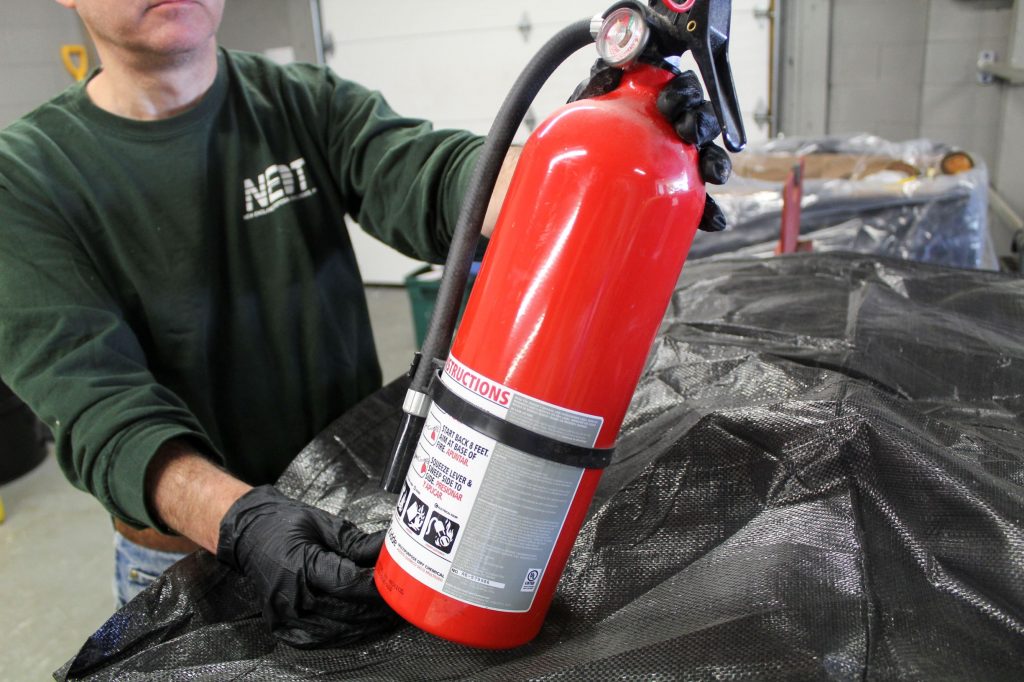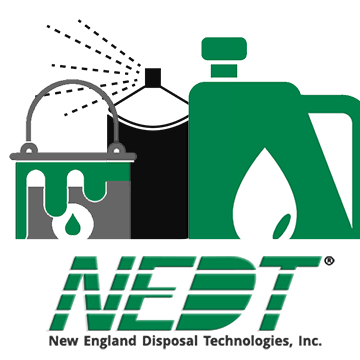Owning a fire extinguisher is a mark of a safe and well-planned household, but it doesn’t stop there. Beyond reading the instructions and properly placing the extinguisher (or more likely multiple fire extinguishers if you’re following best practices), is the knowledge that your extinguisher has a shelf life and will need to be replaced. It’s time to learn more about why fire extinguishers expire and how to dispose of them when they do.
Why Do Fire Extinguishers Expire?
Fire extinguishers are fire-fighting compounds under pressure, and eventually, that pressure will diminish to a point where it’s no longer effective – the last thing you want if you suddenly find you need one. This is why your fire extinguisher comes with a pressure gauge. As long as the needle is in the green zone, your fire extinguisher is under optimal pressure. How long this lasts depends on the type and size of the extinguisher – manufacturers provide the lifespan as well as documentation to help keep track of inspections.
Are the Contents of Fire Extinguishers Hazardous?
Generally speaking, household fire extinguishers fall into one of two camps: dry chemical extinguishers that release a fine dust (usually monoammonium phosphate or sodium bicarbonate) and Co2 extinguishers, which use carbon dioxide. Neither are hazardous to humans, though the dry chemical extinguishers can contain irritants. Old fire extinguishers can contain other elements – if you’re uncertain of the contents of your fire extinguisher, consider it hazardous waste and contact your fire department if possible.
Disposal of Expired Fire Extinguishers
Once your fire extinguisher expires (or is used), you need to replace it. Many household fire extinguishers are single-use and cannot be refilled. However, commercial-grade and Co2 extinguishers may be able to be returned to manufacturers for a refill or accepted by fire equipment companies – otherwise, they will need to be disposed of. Either way, you should empty your fire extinguisher first using the manufacturer’s directions or the PASS method. Dry chemical extinguishers should be emptied into a trash bag or an area where acidic fertilizer would be used, such as evergreens.
Once emptied, these fire extinguishers can be placed in the trash. However, if you’re uncertain about the operation or the contents of your fire extinguishers, you can always bring them to a household hazardous waste collection center. NEDT has multiple locations serving New England, as well as online resources such as our fact sheets and blog. Contact NEDT today if you have any questions!




Leave a Reply